How Cooloola Coast climate change could cost $11m each year
The Gympie region is staring down the barrel of multimillion-dollar economic losses in little more than two decades, but Councillor Bob Fredman has questioned the accuracy behind the report.
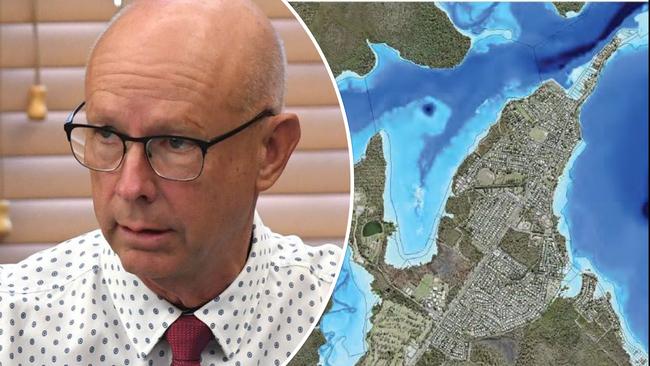
Gympie
Don't miss out on the headlines from Gympie. Followed categories will be added to My News.
Gympie council has been told to address coastal climate risks now or face economic losses of up to $11 million each year at the turn of the century, according to a new report.
A coastal hazard adaptation strategy compiled for the council on the Cooloola coastline reveals a combination of erosion, rising sea levels and storms pose a serious threat to one of the region’s premiere tourist draws.
The report, based on State Government predictions of an 80cm rise in sea levels by 2100, says the council will have to adapt to the changing world if it wants to stave off significant financial damage.
This ranged from $1 million per year in 2021 to $6 million by 2040, $9 million by 2070.
By 2100 the region would prevent economic losses of up $11 million by 2100, the report claims.
A two-week beach road closure at Rainbow Beach would cost the region between $2-$3.5 million, “a substantial economic impact for the community”.
The protection of dunes and mangroves forms a central part of the proposed mitigation measures.
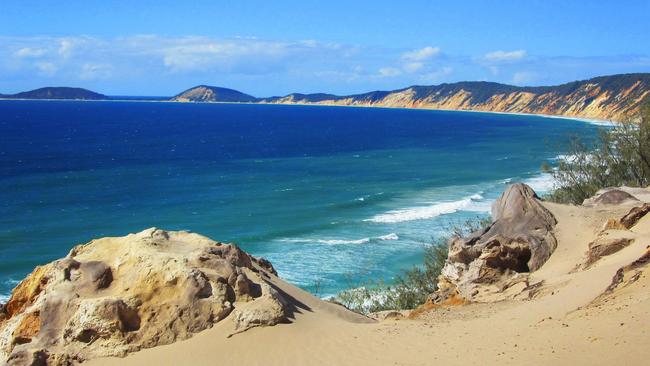
Infrastructure along the coast, the report says, will need to be upgraded too, while transition planning will be need at Tin Can Bay, Rainbow Beach and Inskip Point.
Tin Can Bay homeowners faced the biggest risk, with the amount of residential land exposed to coastal hazards likely to increase six-fold over the next 79 years, from 1 per cent to 13 per cent.
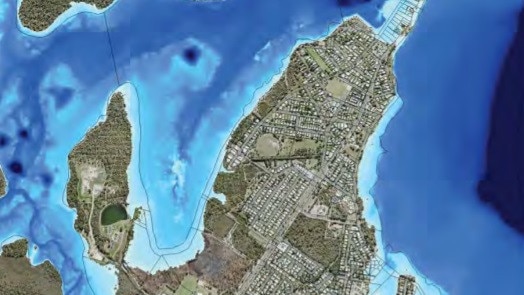
Councillor Bob Fredman questioned some of the figures in the report at last week’s workshop.
“There’s a statement here at the coast the average annual of damages we have to pay for -that’s damages, not maintenance – is $1 million. I can’t remember anything like that in the budget,” Mr Fredman said.
He asked what that money was being spent on.
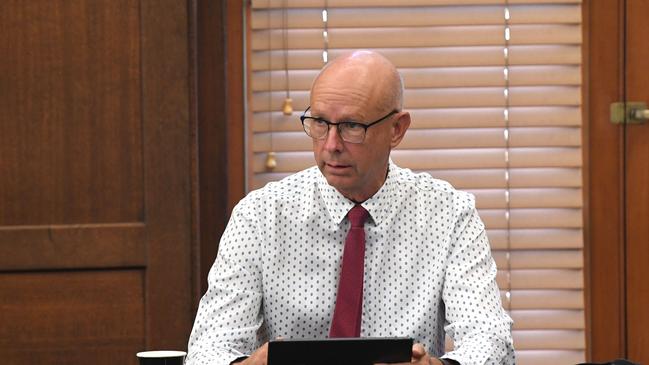
Sustainability director Adrian Burns said “there is damage we recognise that isn’t actually repaired”.
“A lot of the erosion damage … has a value of lost land that is not necessarily quantitatively paid for.”
Mr Fredman asked for the figures to be checked, saying he had similar concerns about an expected yearly cost of $5 million to repair damage “in only 19 years’ times”.
“I have trouble with both figures in terms of ‘are they real’?” Mr Fredman said.
“The figures are too high, I have a gut feel.”
Mr Burns said the council would be happy to go back to the report’s authors and ask the question.
The report adds to a growing push for climate change action across the Wide Bay.
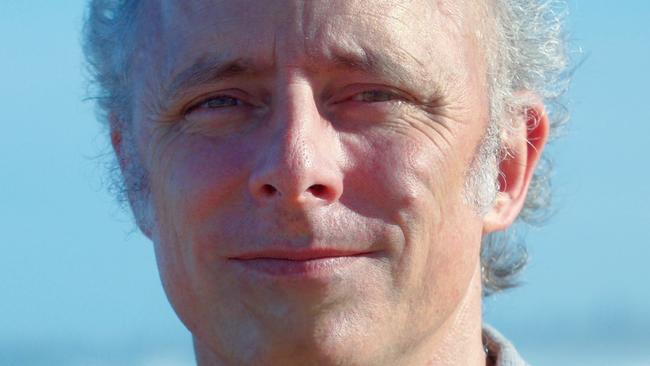
In 2019 Associate Professor David Schoeman said the Fraser Coast was at risk of coastal inundation and society needed to take the matter seriously.
That same year Bundaberg, was identified as one of Australia’s most at-risk council areas.
More than 7000 Bundaberg homes were identified as having a an insurance premium as a percentage of the replacement cost of the property worth more than 1 per cent.
It was the eighth-most at risk council area in Australia, joining the Fraser Coast on the list of Queensland’s riskiest areas.
The council’s report comes as this publication launches Mission Zero, an editorial series examining the pathways Australia can take to reaching the global target of net zero carbon emissions by 2050.





